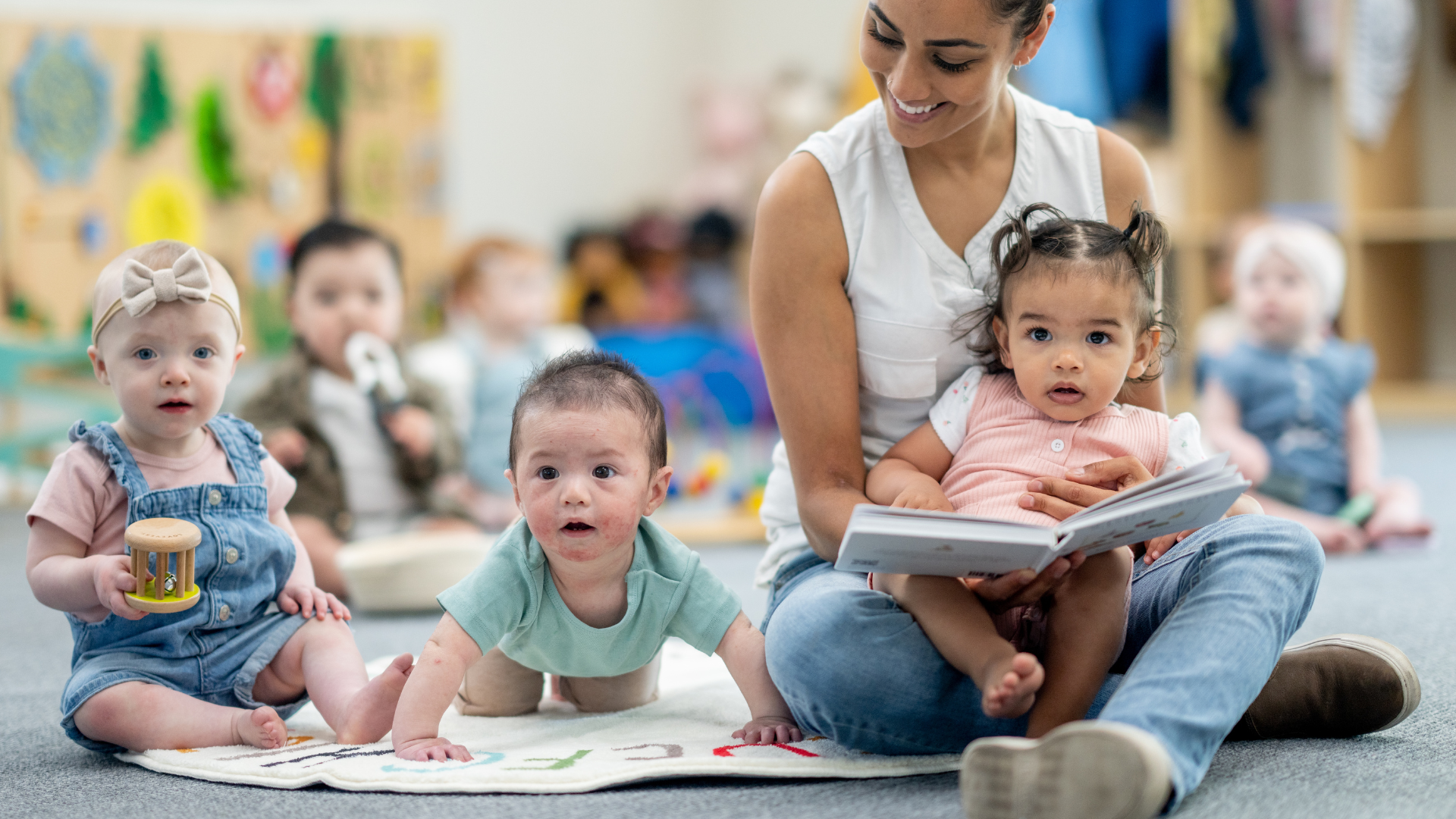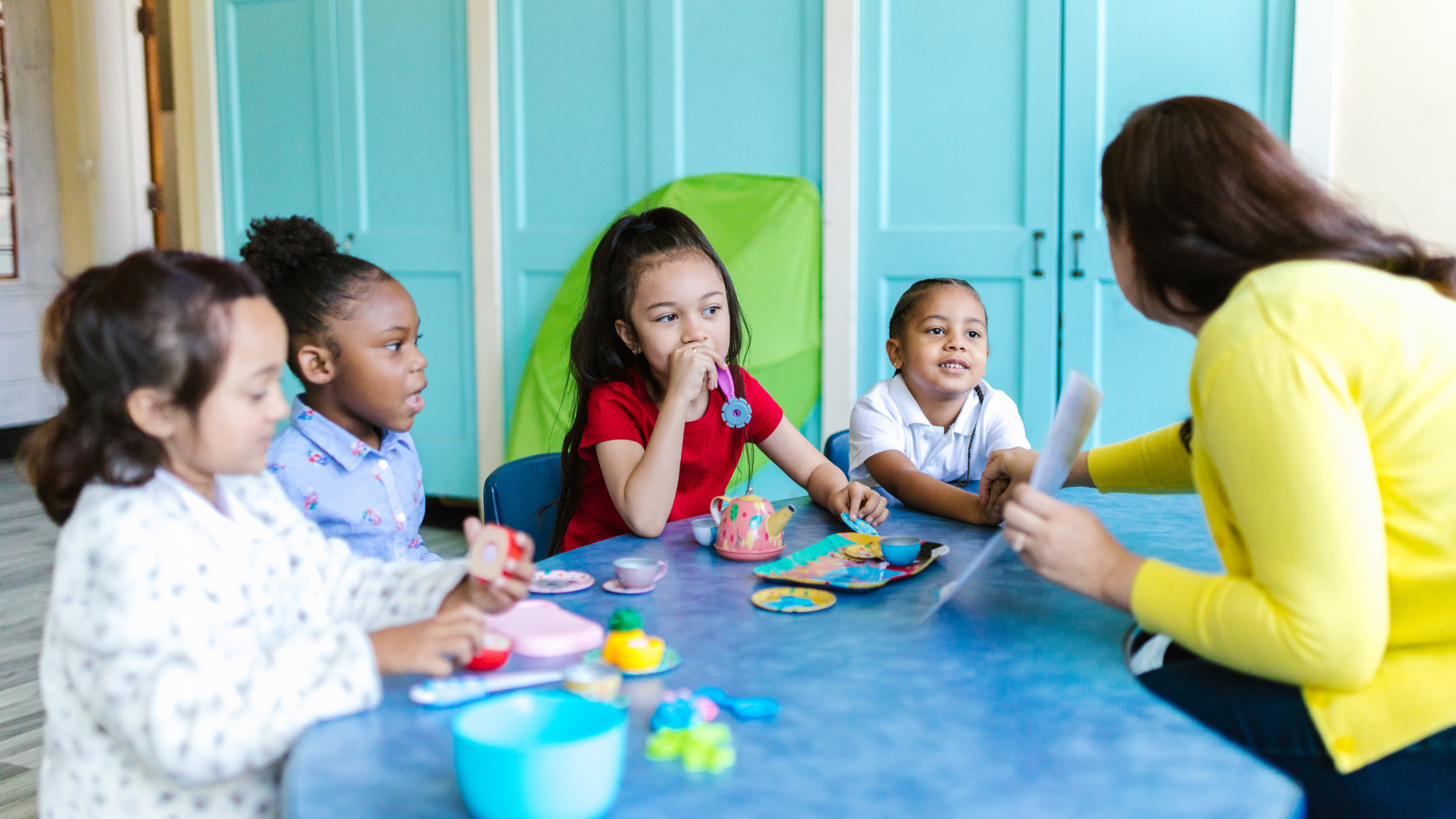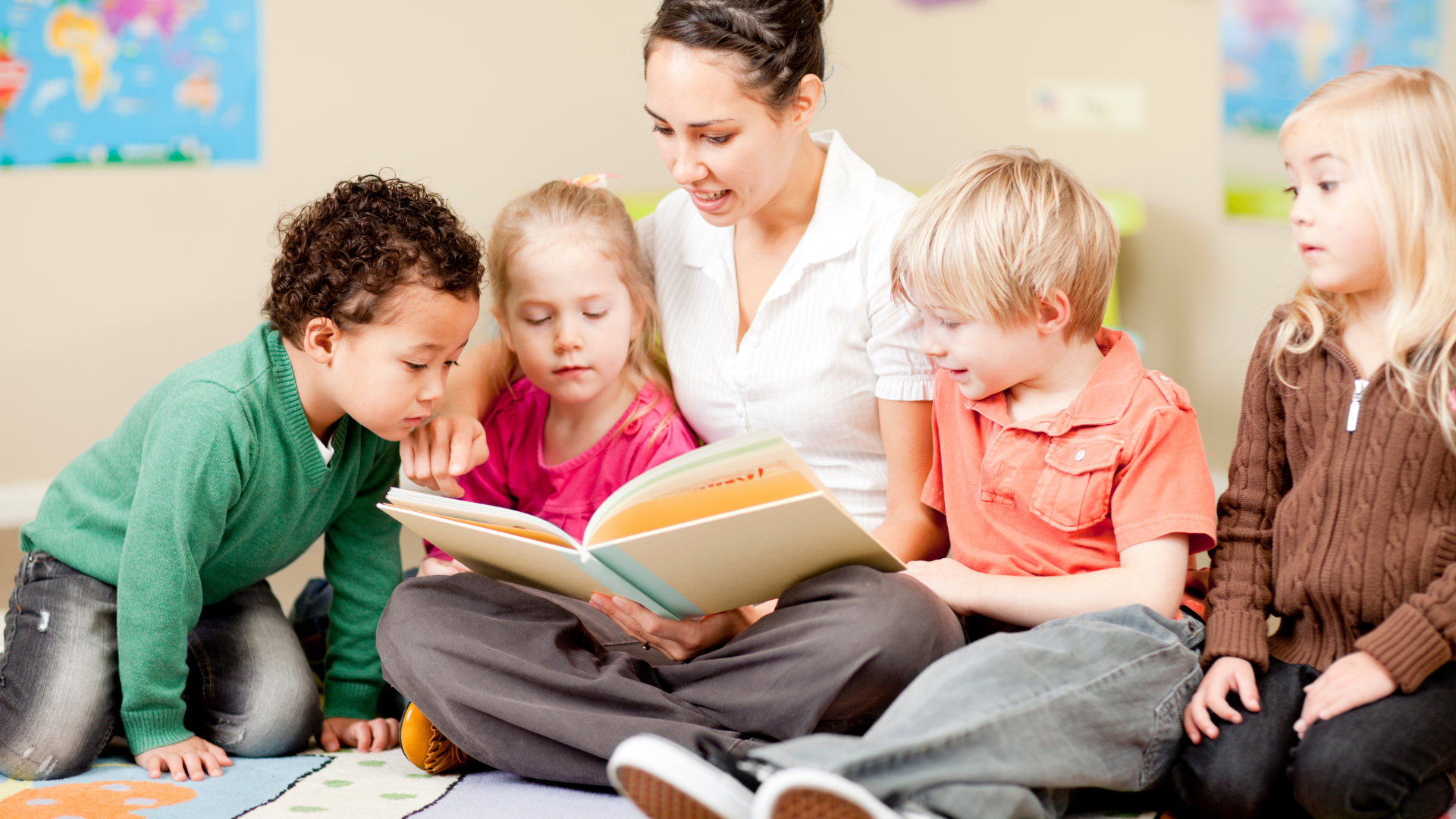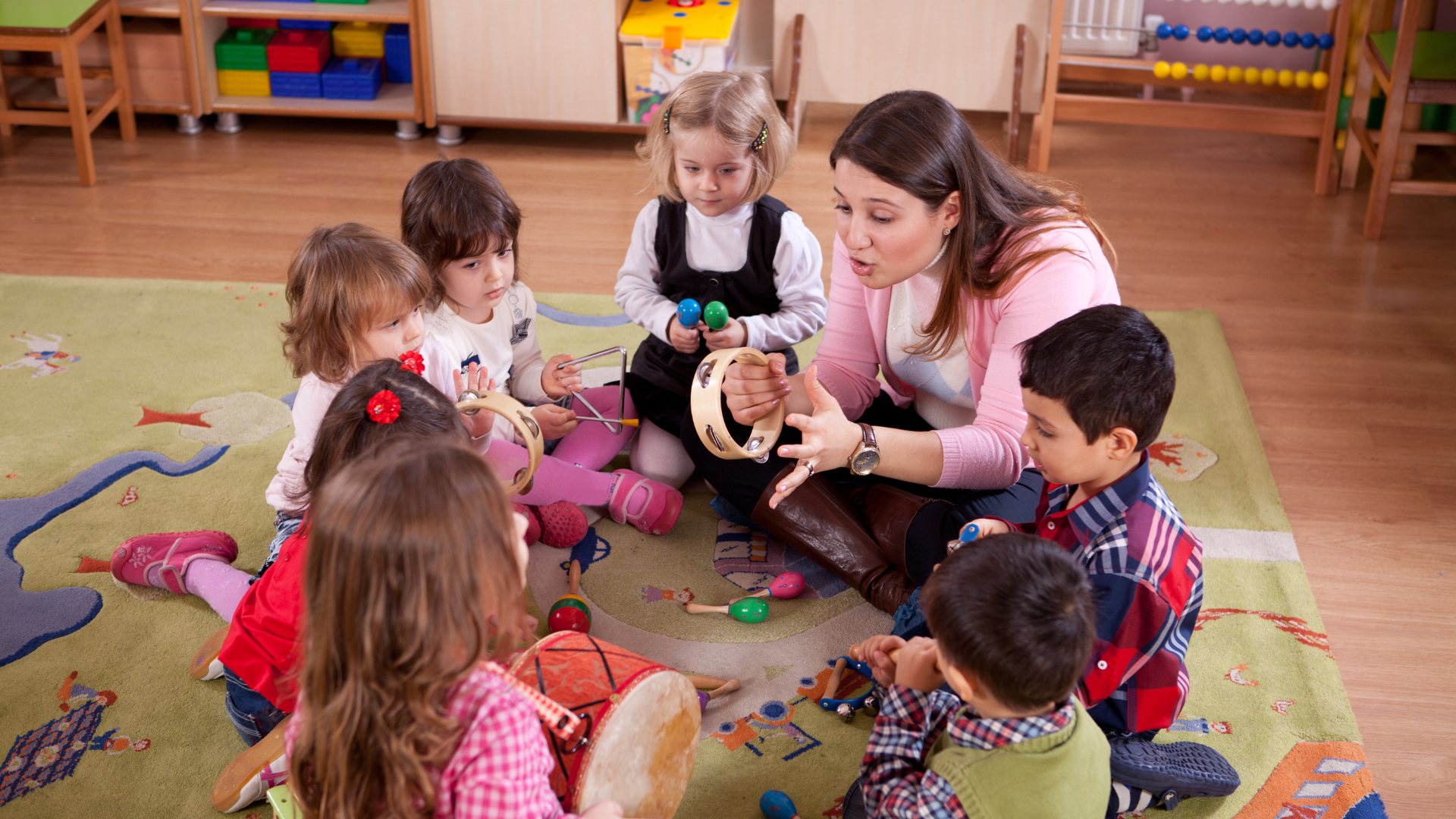The Importance of Emotional Support in Early Childhood Education

When we think of early childhood education, we often picture children learning the alphabet, counting blocks, exploring colors, or participating in group story time. While academic learning is certainly a key part of preschool and early learning programs, what often goes underappreciated is the emotional development taking place at the same time. Emotional support is not just a nice addition to the learning environment—it is a critical foundation that underpins every aspect of a child’s early development.
At Charity Learning Academy, we recognize that emotional security is not only essential for children's mental well-being, but also directly influences their ability to engage with the learning process. A nurturing, emotionally supportive environment helps children feel confident, connected, and capable. It builds the bridge between curiosity and achievement.
Let’s explore why emotional support matters, how it shapes a child’s development, and what caregivers and educators can do to provide a strong emotional foundation during these crucial early years.
Why Emotional Support is a Cornerstone of Early Learning
From infancy to age five, children undergo some of the most rapid and formative development of their entire lives. During these early years, the brain is forming millions of new connections, particularly in areas responsible for language, reasoning, and emotional regulation. The presence—or absence—of emotional support during this period can shape a child’s lifelong mental and emotional health.
Here are several key reasons emotional support is essential:
1. It Cultivates a Strong Sense of Self
Young children are in the earliest stages of developing a sense of identity. They are learning who they are, what they’re capable of, and how the world responds to them. When adults respond with encouragement, empathy, and care, children begin to form a positive self-image and grow into confident learners.
2. It Creates a Safe Base for Exploration
In emotionally secure environments, children feel free to explore the world. They know they can take risks, ask questions, or even make mistakes, because they have the support and reassurance of a trusted adult nearby. This sense of emotional safety opens the door to creativity and curiosity.
3. It Builds Critical Social and Emotional Skills
Children aren’t born knowing how to share, take turns, or express frustration with words. These are skills that must be taught and reinforced with patience. Emotionally supportive environments give children the tools and opportunities to learn empathy, cooperation, and respectful communication.
4. It Supports Brain Architecture and Cognitive Function
The science is clear—emotion and cognition are deeply linked. Children who feel safe and supported can better retain information, solve problems, and concentrate. Without emotional support, the brain remains in a reactive state, focused on survival rather than growth.
5. It Reduces Behavioral Challenges
Many behavioral issues in early childhood stem from unmet emotional needs. A child who feels overwhelmed, misunderstood, or unsafe may act out not out of defiance but as a way of expressing internal discomfort. Providing consistent emotional support helps reduce these outbursts by addressing their root cause.
What Emotional Support Looks Like in a Preschool Setting
Emotional support isn’t about overprotecting children or preventing them from experiencing negative emotions. It’s about helping them feel seen and understood while guiding them through the process of navigating life’s ups and downs.
At Charity Learning Academy, emotional support is woven into every part of our approach. Here’s how it looks in action:
1. Emotionally Responsive Educators
Our teachers receive training in emotional intelligence, child development, and trauma-informed care. They’re not only warm and nurturing but also skilled in recognizing subtle emotional cues and responding appropriately. Whether a child is feeling excited, nervous, or upset, our educators are equipped to offer the right kind of support.
2. Open Communication and Active Listening
We encourage children to express their feelings and thoughts openly. Instead of rushing to fix a problem or dismiss a child’s experience, our educators listen attentively and validate their emotions. This sends a powerful message: your feelings matter and your voice is heard.
3. Emotion-Rich Language in the Classroom
We actively teach emotional vocabulary, helping children identify and name their feelings with words like “frustrated,” “proud,” “nervous,” or “excited.” The more precisely children can describe their emotions, the better they can regulate and express them.
4. Consistent Routines and Predictable Structure
Children feel most secure when they know what to expect. Our classrooms use consistent daily routines and clear transitions to create a sense of stability. This helps reduce anxiety and increases cooperation.
5. Safe and Calming Spaces
Each classroom includes a cozy corner or a designated quiet area where children can go to calm down or take a break. These spaces are filled with soft textures, emotion-themed books, and calming tools like breathing balls and sensory bottles.
6. Guided Conflict Resolution
When children have disagreements or conflicts, we don’t simply separate them or scold. Instead, we guide them through conflict resolution by helping them identify the problem, understand each other’s perspective, and find a mutually respectful solution. This builds empathy and problem-solving skills.
The Role of Parents in Emotional Support
Emotional development does not stop at the school gates. Parents and caregivers at home are equally crucial to a child’s emotional well-being. By extending emotional support into the home environment, families can reinforce the lessons learned at school and provide a consistent experience.
Here are practical ways parents can offer emotional support:
1. Build Strong Routines
Children thrive on predictability. Establishing consistent routines for waking up, meals, play, and bedtime helps children feel secure and in control of their day.
2. Acknowledge and Validate Feelings
Instead of dismissing negative emotions, acknowledge them with empathy. Say things like, “It’s okay to feel disappointed,” or “I understand that you’re sad because you miss your toy.” Validation strengthens emotional resilience.
3. Encourage Expression Through Play
Play is a powerful way for children to process emotions. Whether it’s pretend play, drawing, or storytelling, allow your child to use creative outlets to express what they’re feeling.
4. Model Calmness and Self-Regulation
Children look to adults to understand how to manage strong feelings. When you experience stress or frustration, model healthy coping mechanisms such as deep breathing, taking a break, or talking through the problem calmly.
5. Foster Independence with Support
Offer choices and opportunities for children to do things on their own, like getting dressed or cleaning up toys. Provide gentle guidance, but allow them the freedom to grow confident in their abilities.
Long-Term Impact of Emotional Support in Early Education
The emotional support children receive in their early years has a lifelong ripple effect. Children who experience consistent, responsive emotional care are more likely to:
- Build strong, trusting relationships
- Adapt well to new environments and challenges
- Excel academically
- Develop emotional intelligence and empathy
- Manage stress and anxiety effectively
- Maintain mental health and self-esteem into adulthood
In contrast, children who lack emotional support may struggle with regulation, form insecure attachments, or develop anxiety, behavioral issues, and difficulties in school settings. The early years are not just preparation for future learning—they are the foundation of the whole person.
Choosing the right care for your child's early years is a vital decision that significantly influences their development, emotional security, and overall wellbeing. When thoughtfully combined with the benefits of structured programs, such as before and after school care that helps balance family life, families can create a consistent and supportive routine. To make the most informed decision for your child, explore our comprehensive guide on how to choose the right care for your child's early years.
Conclusion
At Charity Learning Academy, we understand that emotional well-being is not separate from academic success, it is the foundation for it. We don’t just teach children numbers and letters; we teach them how to navigate emotions, build relationships, and grow into confident, compassionate individuals.
By prioritizing emotional support in our classrooms and partnering with families at home, we create a nurturing environment where every child feels valued, supported, and empowered. These early experiences don’t just prepare children for kindergarten they shape who they become in the years and decades ahead.
If you’re seeking a program that values your child’s heart as much as their mind, we invite you to explore Charity Learning Academy. Together, let’s build a strong emotional foundation for your child’s brightest future.










